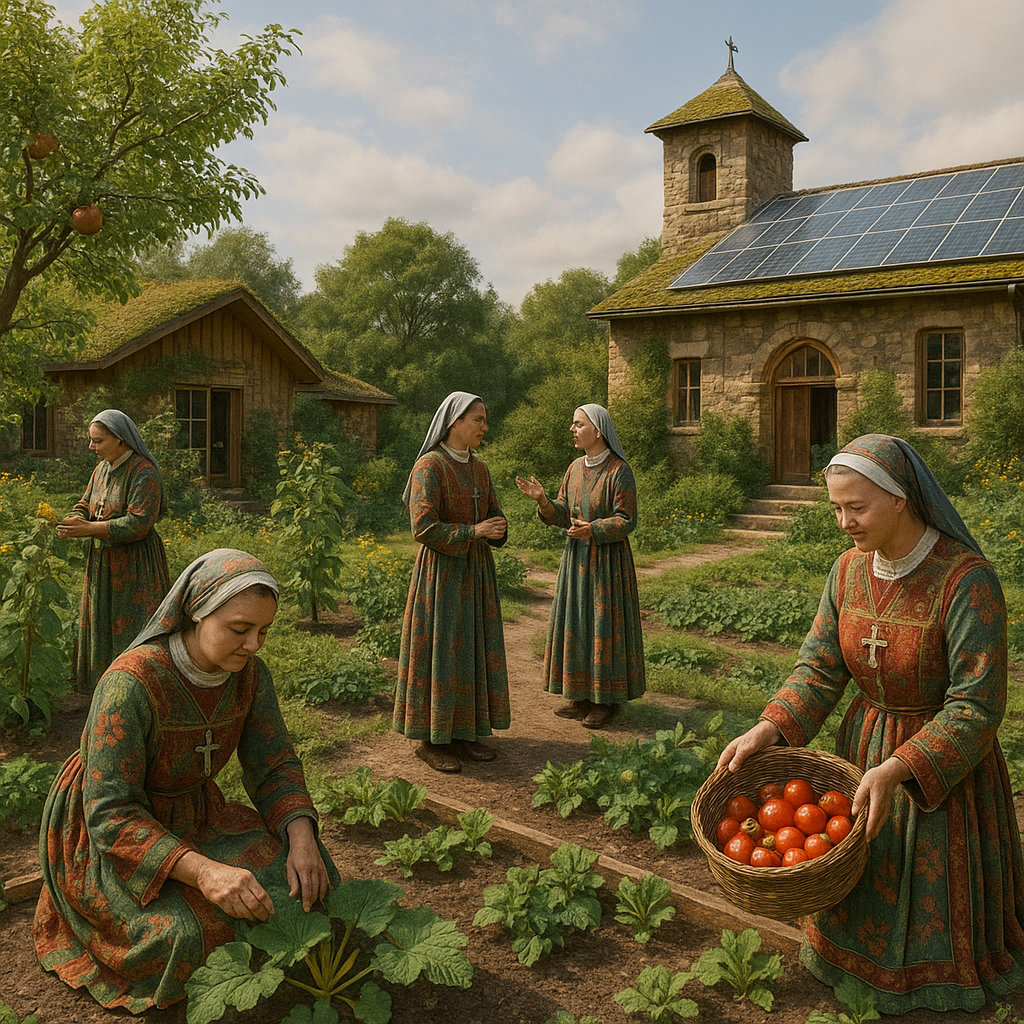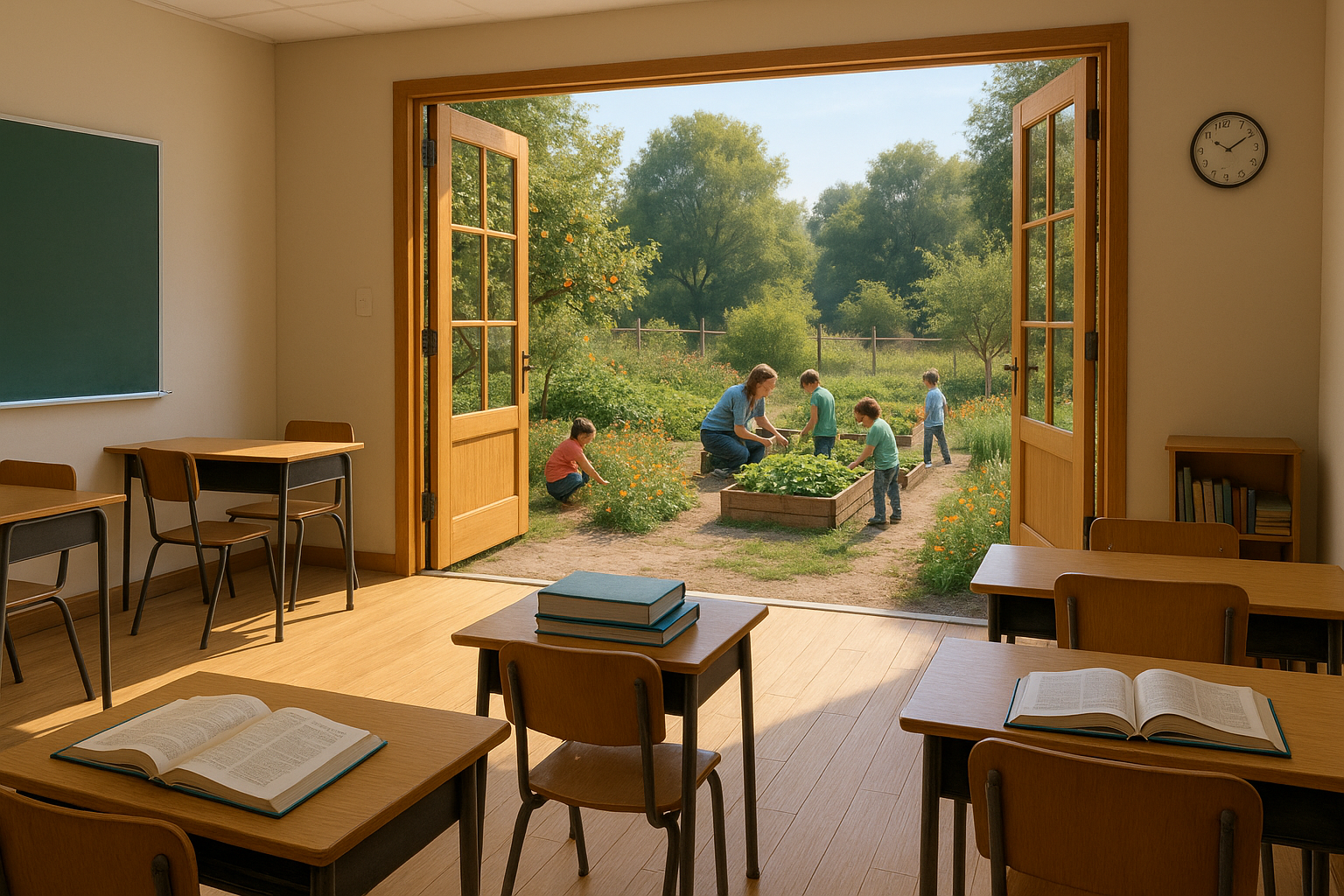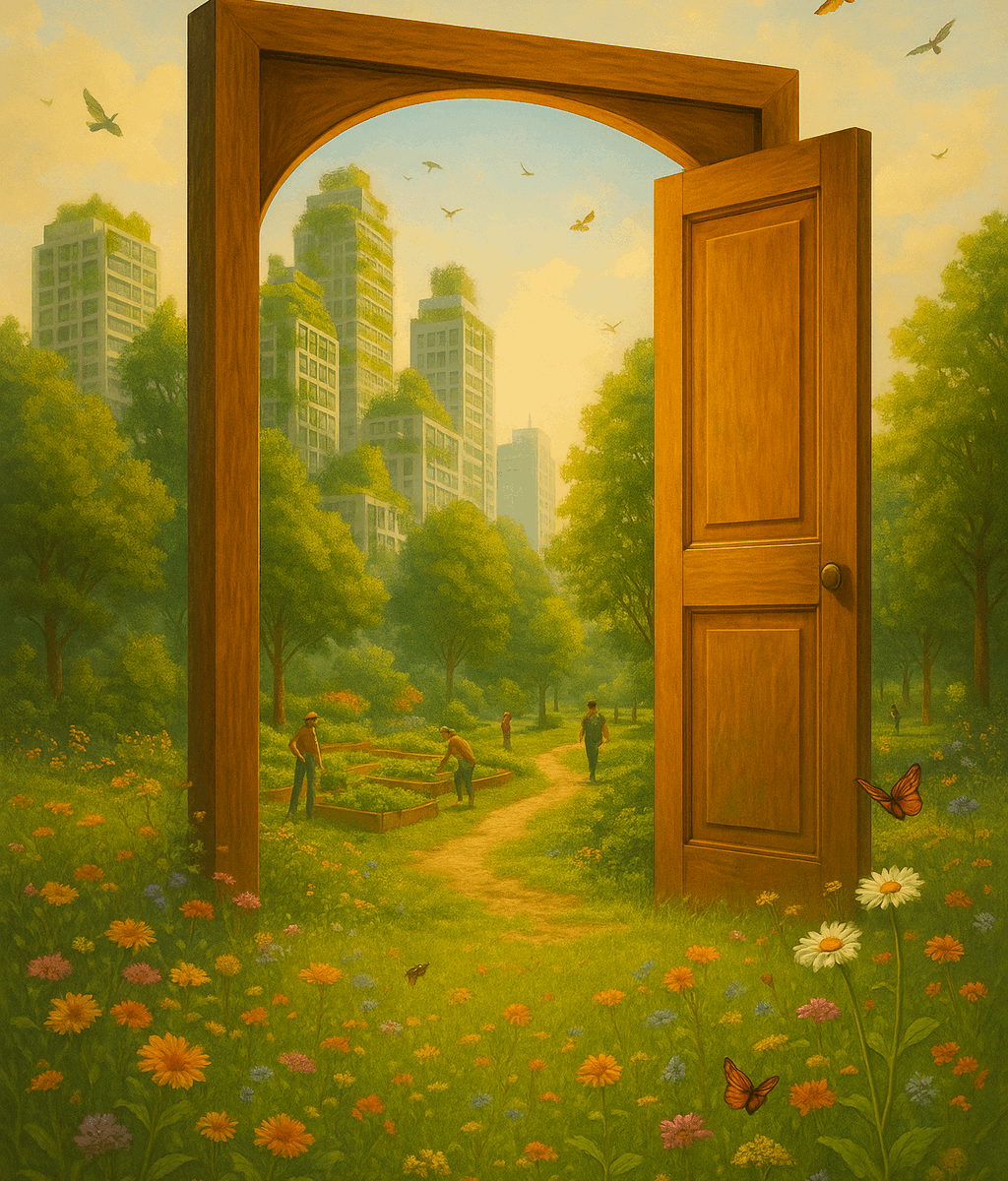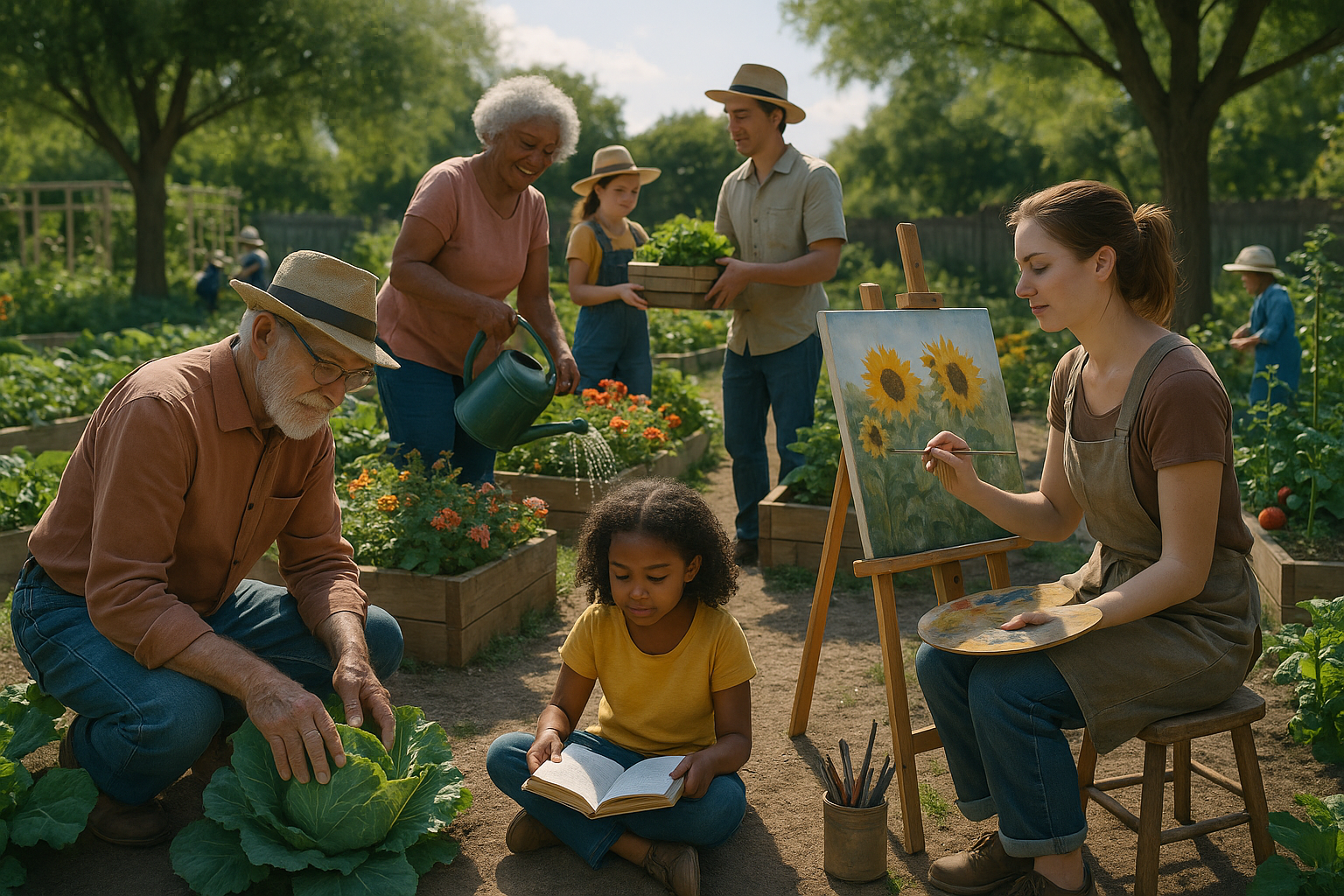
Mihaly Csikszentmihalyi’s Flow: The Psychology of Optimal Experience explores where true fulfillment lies- not in external achievements or fleeting pleasures, but in moments of deep engagement. Flow is that state when challenge and skill are perfectly balanced: time falls away, distractions vanish, and the act itself becomes its own reward.
Csikszentmihalyi’s insights remain urgent today. In a culture of distraction, consumption, and relentless metrics, flow offers a different path: a life rooted in intrinsic motivation and meaningful activity. Whether gardening, teaching, painting, or simply tackling a puzzle, flow moments remind us that wholeness is found not in outcomes but in presence.
For me, this idea connected with the way my dad lived. Though he left school at 14, he pursued projects that fascinated him—writing, researching, creating – without much concern for recognition. His joy was in the process, not the product. He embodied what Csikszentmihalyi calls the autotelic personality: one who creates meaning from within.
In alternative archetypal terms, The Disciple and The Artist capture this spirit of flow – devoted, inwardly motivated, and finding joy in practice itself.
Flow remains a powerful reminder that we can design lives around what nourishes us intrinsically. In doing so, we reclaim not just our attention, but our humanity.









